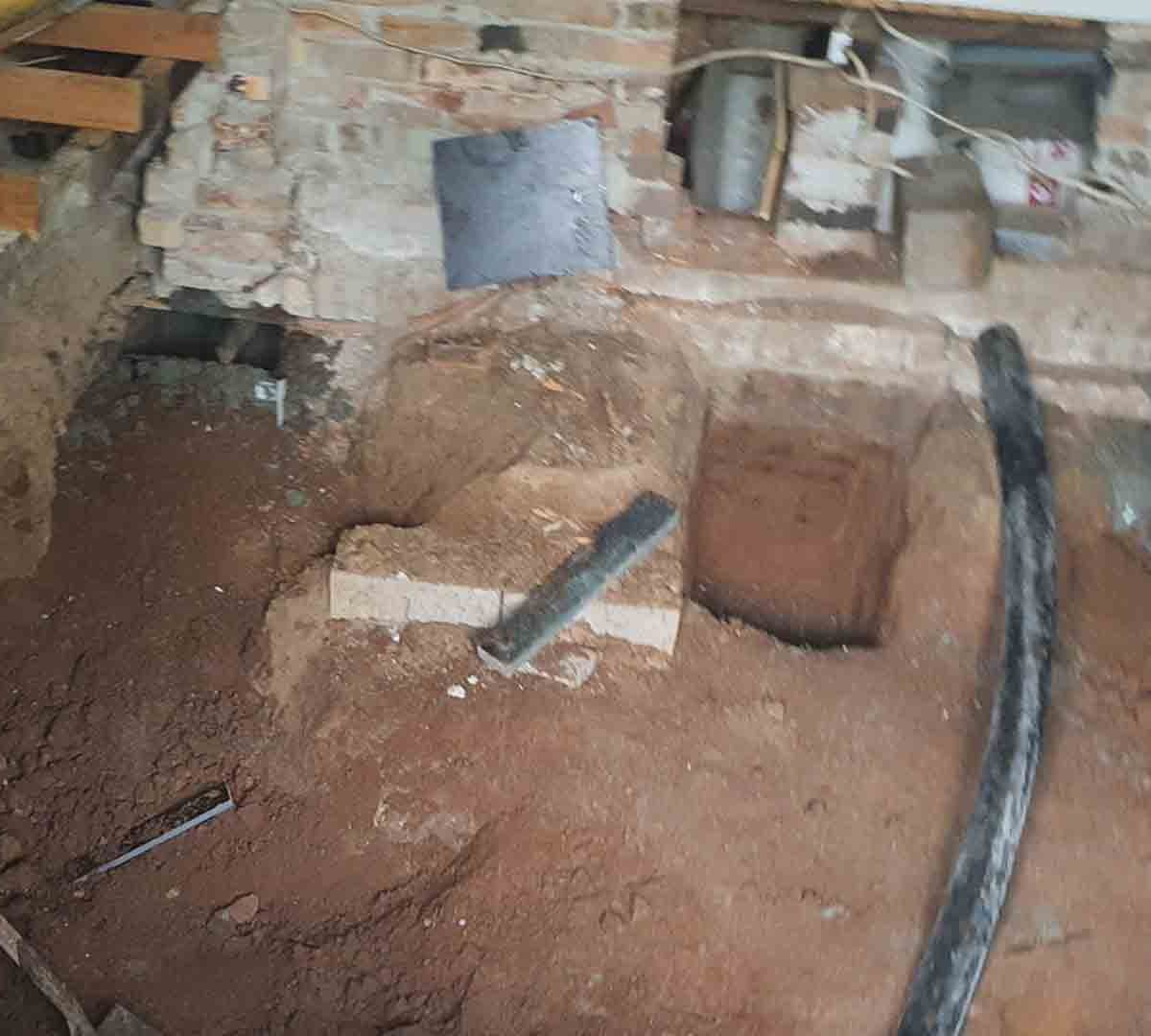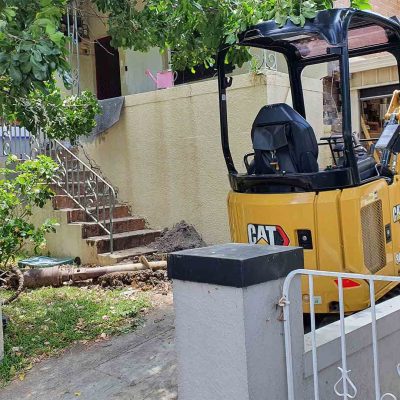Introduction
Sustainability is a growing concern in modern construction practices, including the development of retaining walls. Retaining walls, which serve various purposes like erosion control, landscaping, and structural support, have a significant impact on the environment. It’s essential to consider sustainable practices when designing and constructing retaining walls to minimize their environmental footprint. In this blog, we’ll explore how sustainability can be integrated into retaining wall construction.
Sustainable Materials:
- Recycled Materials: Using recycled or reclaimed materials like concrete, bricks, or timber can significantly reduce the environmental impact of retaining wall construction. These materials are often readily available and contribute to waste reduction.
- Local Sourcing: Choosing materials that are locally sourced reduces transportation emissions and supports the local economy. It also helps in minimizing the carbon footprint associated with long-distance transportation.
- Natural Stone: Natural stone retaining walls are a sustainable choice as they are durable and require minimal maintenance. Stone is a renewable resource, and its use minimizes the need for energy-intensive manufacturing processes.
Design and Planning:
- Proper Sizing and Shape: Careful planning can reduce the amount of material required for the retaining wall. By optimizing the shape and size of the wall to suit the specific needs of the site, you can minimize material use and waste.
- Grading and Landscaping: Incorporate the retaining wall into the overall landscape design to create a more cohesive and harmonious outdoor space. This reduces the need for additional structures and enhances the aesthetic value.
- Effective Drainage: Well-designed drainage systems can prevent water buildup behind the retaining wall, reducing the risk of erosion and long-term damage. Proper drainage also minimizes the need for ongoing repairs.
Construction Techniques:
- Modular Blocks and Systems: Prefabricated retaining wall systems that use modular blocks can reduce construction time and minimize waste. These systems are designed for easy installation, which lowers labor costs and saves materials.
- Geo-Textile Reinforcement: Geosynthetic materials, like geotextiles and geogrids, can enhance the stability of the retaining wall without requiring excessive excavation. These materials can reduce the amount of soil needed and minimize environmental disturbance.
- Minimal Excavation: Minimizing excavation can reduce the environmental impact of the construction process. Retaining walls that require less digging have a smaller footprint and disturb the natural landscape less.
Maintenance and Durability:
- Regular Inspection: Routine inspections and maintenance can prolong the lifespan of retaining walls. Promptly addressing any issues can prevent costly replacements and reduce material waste.
- Durable Materials: Selecting high-quality, durable materials that require minimal maintenance helps ensure the longevity of the retaining wall, reducing the need for frequent replacements.
Erosion Control and Greenery:
- Plantings: Integrating greenery and vegetation into the design of retaining walls can enhance their sustainability. Plants can help prevent erosion, improve air quality, and provide habitat for wildlife.
- Natural Erosion Control: Using retaining walls for erosion control helps protect landscapes from soil loss and degradation, contributing to environmental conservation.
In conclusion, retaining wall construction can be made more sustainable by considering eco-friendly materials, efficient design, and construction techniques. By taking these measures, retaining walls can serve their intended purposes while minimizing their environmental impact and contributing to a more sustainable built environment. Sustainable retaining wall practices not only benefit the environment but also provide cost-efficiency and long-term value for property owners and builders.



